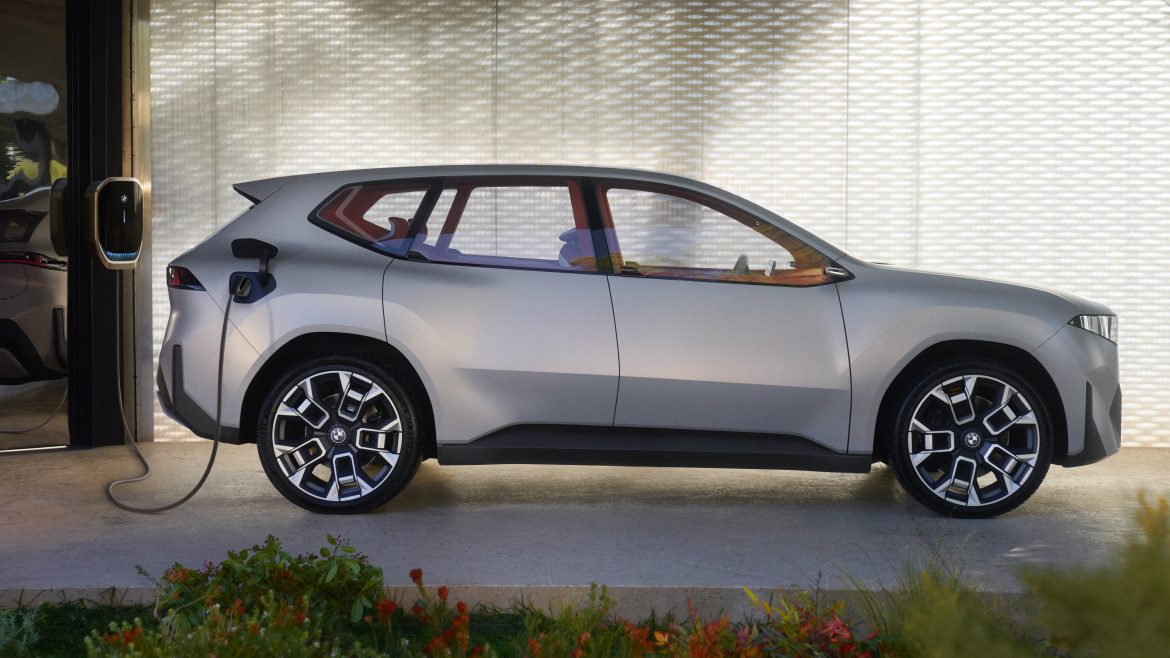The automotive industry has seen dramatic shifts over the years, with electric vehicles (EVs) gradually moving from niche products to mainstream options. Central to this transition is the way these vehicles are priced and valued, particularly when it comes to leasing. As leasing becomes a popular method for consumers to experience EVs without committing to full ownership, recent studies indicate that this could become more expensive due to poor residual values.
Importance of residual value
In the automotive world, residual value is a critical concept. It represents the projected value of a vehicle at the end of a lease term. For EVs, these residual values have been notably poor, impacting both the leasing market and the broader adoption of electric vehicles. J.D. Power’s latest Automotive Leasing Guide highlights this issue, revealing that residual values for EVs are expected to decrease, potentially leading to higher leasing costs by the third quarter of 2024.
Why residual value matter
The residual value of a vehicle significantly influences its leasing cost. When a car’s residual value is low, the difference between its initial price and its projected end-of-lease value widens, increasing the monthly lease payments. For EVs, which already face challenges with depreciation, this can make leasing less attractive.
According to J.D. Power, the used EV market has seen substantial value drops, with vehicles rapidly losing value within the first few years. This trend is concerning for both buyers and lessees, as it impacts the overall cost-effectiveness of driving an electric vehicle.
Depreciation and its impact
Depreciation is a significant factor in determining the lease price of a vehicle. It is the difference between the purchase price and its residual value at the end of the lease. Recent data from iSeeCars shows that used EVs have depreciated by 31.8% year-over-year, a stark contrast to the 3.6% depreciation rate for combustion-engine cars. This steep decline in value can dissuade potential EV buyers and lessees alike.
Analysts suggest that the sharp drop in residual values could be a major deterrent for new EV shoppers. The substantial depreciation rates make it harder for consumers to justify the initial investment in an electric vehicle, even with the benefits of lower running costs and environmental impact.
Tesla’s influence on the market
One key player influencing the market dynamics is Tesla. Despite the Chevrolet Bolt, Nissan Leaf, and Kia Niro experiencing the highest depreciation rates, Tesla’s aggressive price cuts on the Model 3 and Model Y have had a ripple effect. These cuts have not only impacted new car prices but have also driven down the values of used EVs. Large fleet owners, such as Hertz, offloading their EVs at low prices have further exacerbated the issue.
Leasing: a double-edged sword
While leasing offers a way to mitigate some of the risks associated with EV ownership, such as high depreciation and potential maintenance costs, it is not without its challenges. Lessees might avoid the direct impact of residual losses, but they are not entirely shielded. The projected residual value of the vehicle at the end of the lease term influences the monthly lease payments. If residual values continue to fall, these payments are likely to increase, making leasing less affordable.
However, leasing still provides advantages. It allows consumers to test an EV without committing to the full purchase price. This “try-before-you-buy” approach helps potential buyers understand how an EV fits into their daily lives. Moreover, leasing can be more appealing with incentives like the $7,500 tax credit, which can apply to leased vehicles.
Government incentives and market dynamics
Government incentives have played a crucial role in promoting EV adoption. The $7,500 federal tax credit in the United States is a significant factor that makes leasing attractive. Vehicles that may not qualify for this credit outright can become eligible through a lease, providing a financial cushion for consumers.
However, as the market evolves and residual values decline, these incentives might not be enough to offset the increasing costs of leasing. Automakers and lenders may need to offer more attractive deals to maintain consumer interest. This delicate balance between incentives, depreciation, and residual values will be crucial in shaping the future of the EV market.
Broader impact on EV adoption
The broader implications of these trends are significant. Poor residual values and higher leasing costs could slow down the overall adoption of EVs. While the initial push towards electrification was driven by both environmental concerns and government policies, market realities like depreciation and leasing costs cannot be ignored.
As consumers become more aware of the financial aspects of EV ownership and leasing, they might hesitate to make the switch from traditional combustion vehicles. This hesitation could stall progress towards broader environmental goals and the transition to cleaner transportation.
The future of EV leasing
Looking ahead, the automotive industry faces several challenges in making EVs more accessible and affordable. Improving the residual values of electric vehicles is crucial. This could involve better technology, longer-lasting batteries, and increased market confidence in the longevity and reliability of EVs.
Manufacturers might also need to rethink their pricing strategies and offer more robust warranties to reassure buyers and lessees. Additionally, continued government support and innovative financing options will be essential to maintaining momentum in the EV market.
The evolving landscape of EV leasing presents both opportunities and challenges. While leasing remains a viable option for many consumers to experience electric vehicles, the issue of poor residual values threatens to increase costs and slow adoption rates. The insights from J.D. Power and iSeeCars underscore the need for a balanced approach that addresses depreciation, offers attractive incentives, and fosters consumer confidence in EVs.
As the industry navigates these complexities, collaboration between automakers, lenders, and policymakers will be key. By addressing these issues head-on, the automotive sector can continue to drive towards a more sustainable and electrified future, ensuring that the benefits of EVs are accessible to a broader audience.



